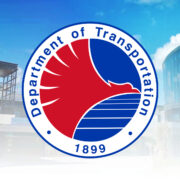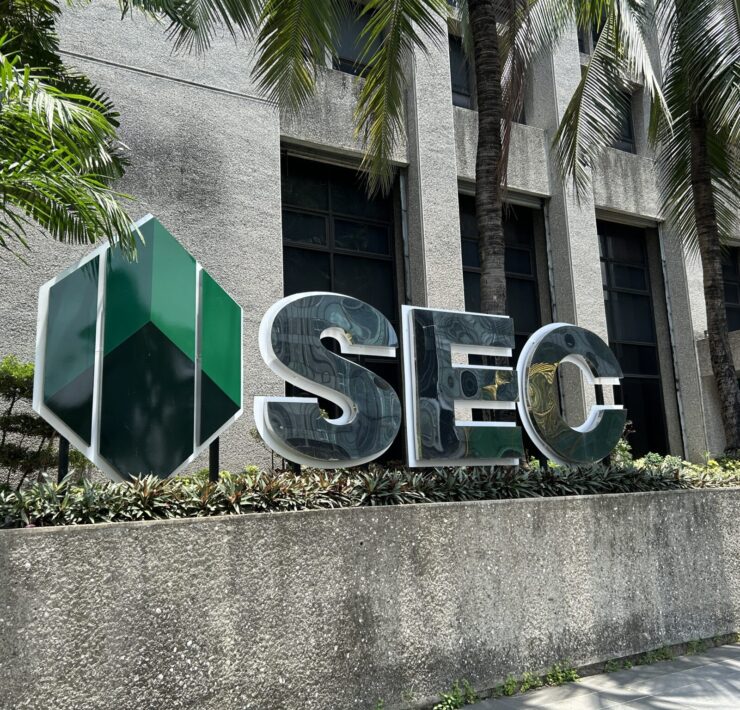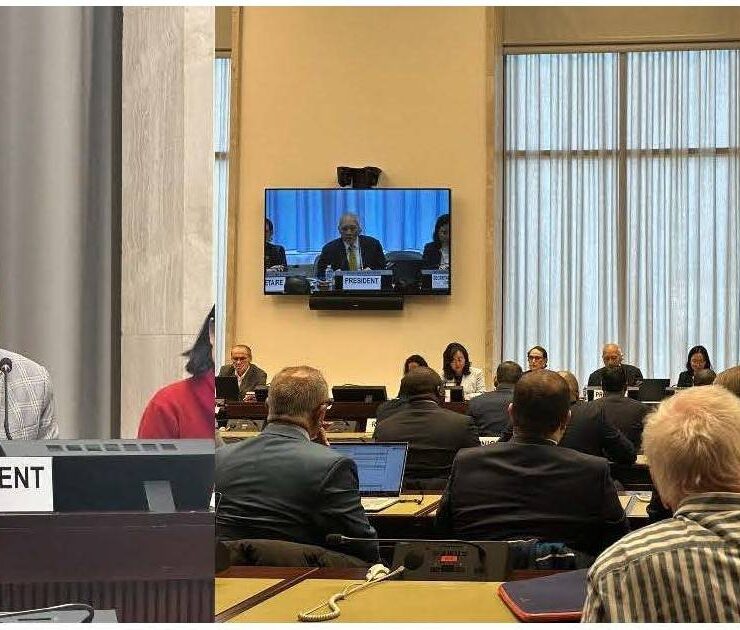Expand road networks, incentivize sustainable transport
In recent months, there has been a noticeable decline in the presence of cyclists along the Edsa route, a critical thoroughfare connecting Pasig to Malabon. Since 2020, the rise of cycling, prompted by the COVID-19 pandemic, has led to a reduction in accidents and air pollution, particularly in metropolitan areas like Metro Manila. The benefits of this shift were evident during the pandemic in improved air quality, notably visible around landmarks such as Mount Samat.The pre-pandemic urban landscape was characterized by congestion and pollution, primarily caused by the dominance of buses, cars, and motorcycles. Unlike some developed countries with comprehensive mobility programs, the Philippines lacks a concerted effort to make cities more livable and bike-friendly. Despite the positive impact of reduced traffic and air quality, cycling has not been prioritized in the national agenda.
As an avid cyclist, I have experienced firsthand the challenges of commuting and leisure cycling in a city environment. The degradation of bike lanes, particularly along Edsa-San Juan, and the absence of new infrastructure and supportive legislation further hinder the growth of alternative modes of transport. The need for urgent action is underscored by the looming threat of climate change, as discussed in the recent COP28, where the Philippines, an island nation, is particularly vulnerable to environmental upheavals.
To encourage a shift toward sustainable transportation, here are several suggestions, contingent on political will:
Expansion of road networks exclusively for alternative modes of transport.
Provision of tax incentives for cyclists commuting to work.
Widening and securing bike lanes exclusively for alternative transport.
Implementation of car-free days, with exceptions for emergency vehicles and law enforcement.
Establishment of centers promoting alternative transport, limiting access to cars on designated road networks.
Improvement of public transport services to provide viable alternatives.
These initiatives, if prioritized, could not only attract more cyclists to the roads but also reduce reliance on conventional vehicular transport. It is essential to shift the urban paradigm from car-centric to pedestrian-centered, ensuring that roads are designed to accommodate alternative modes of transport such as bicycles and e-bikes. Embracing these changes is an investment in the future, promoting sustainability for the benefit of our children and future generations.
Bayani B. Banzuela,
Bayani01banzuela@gmail.com




















